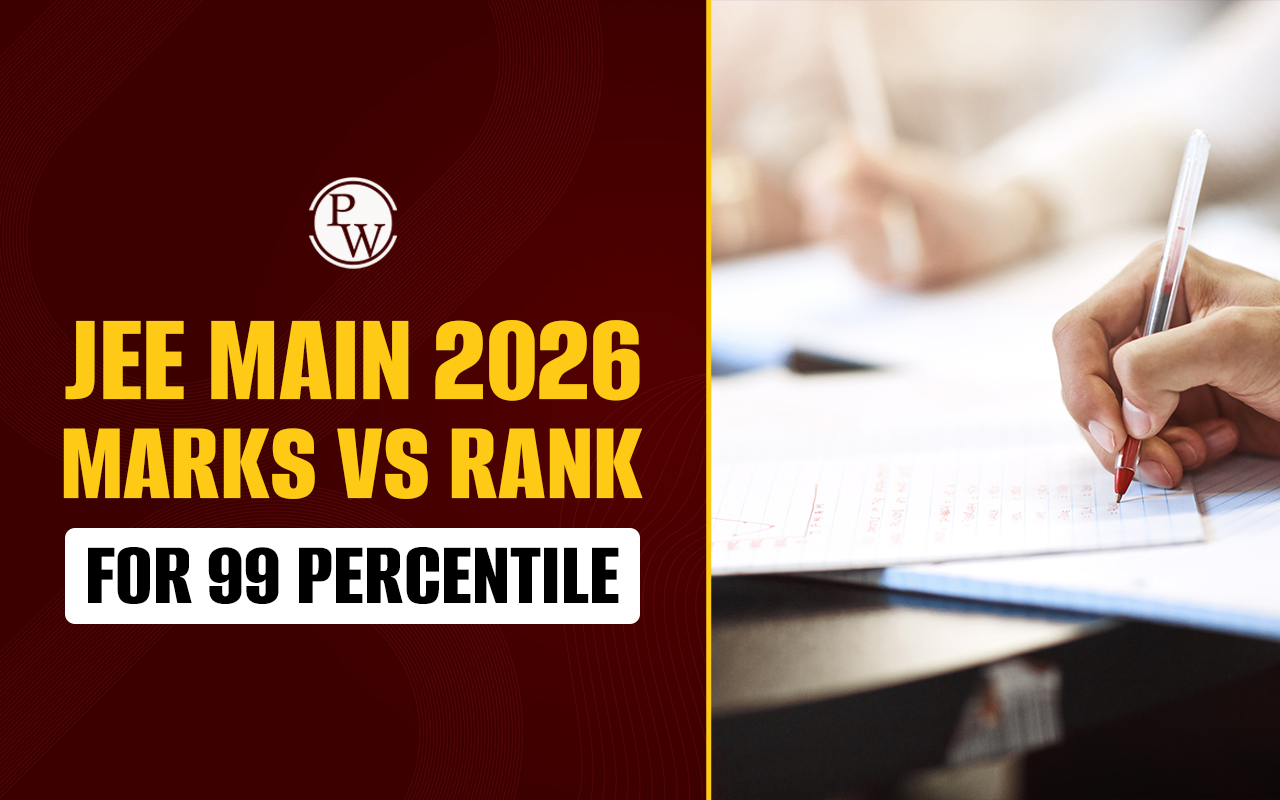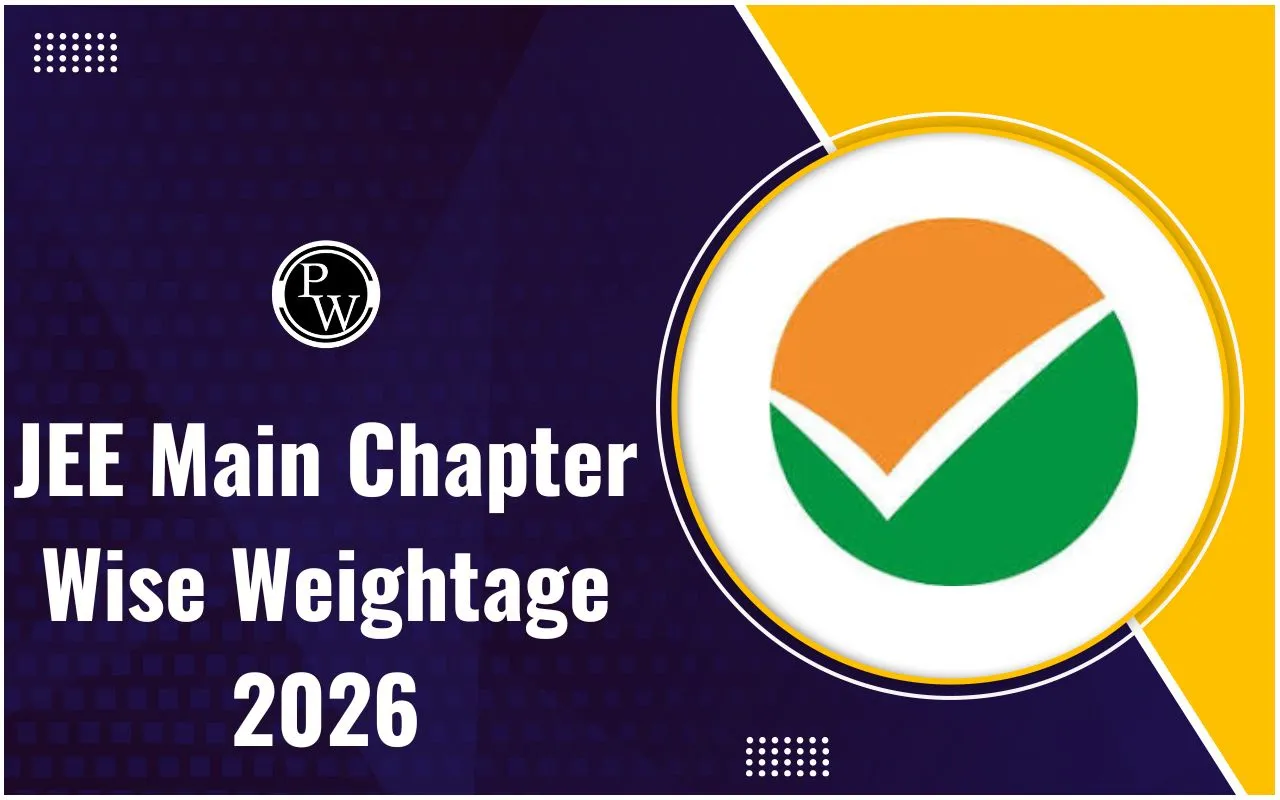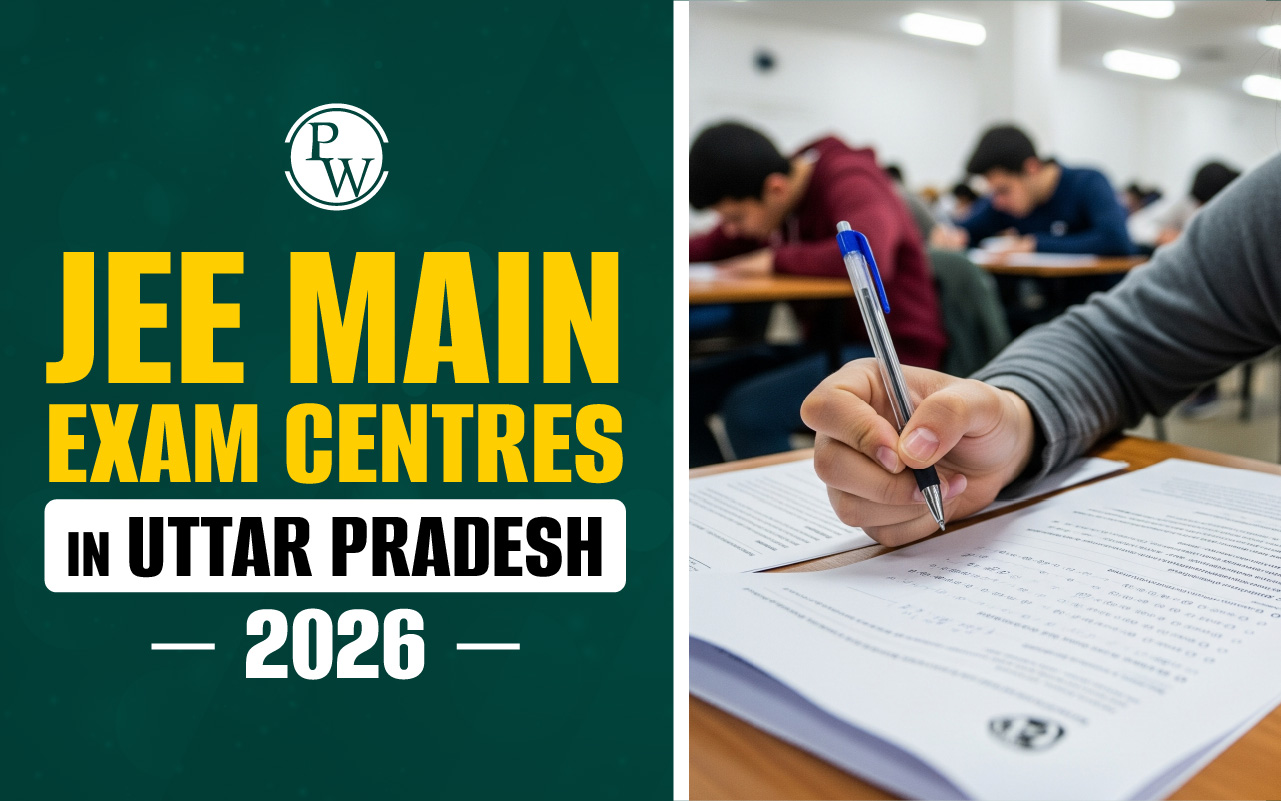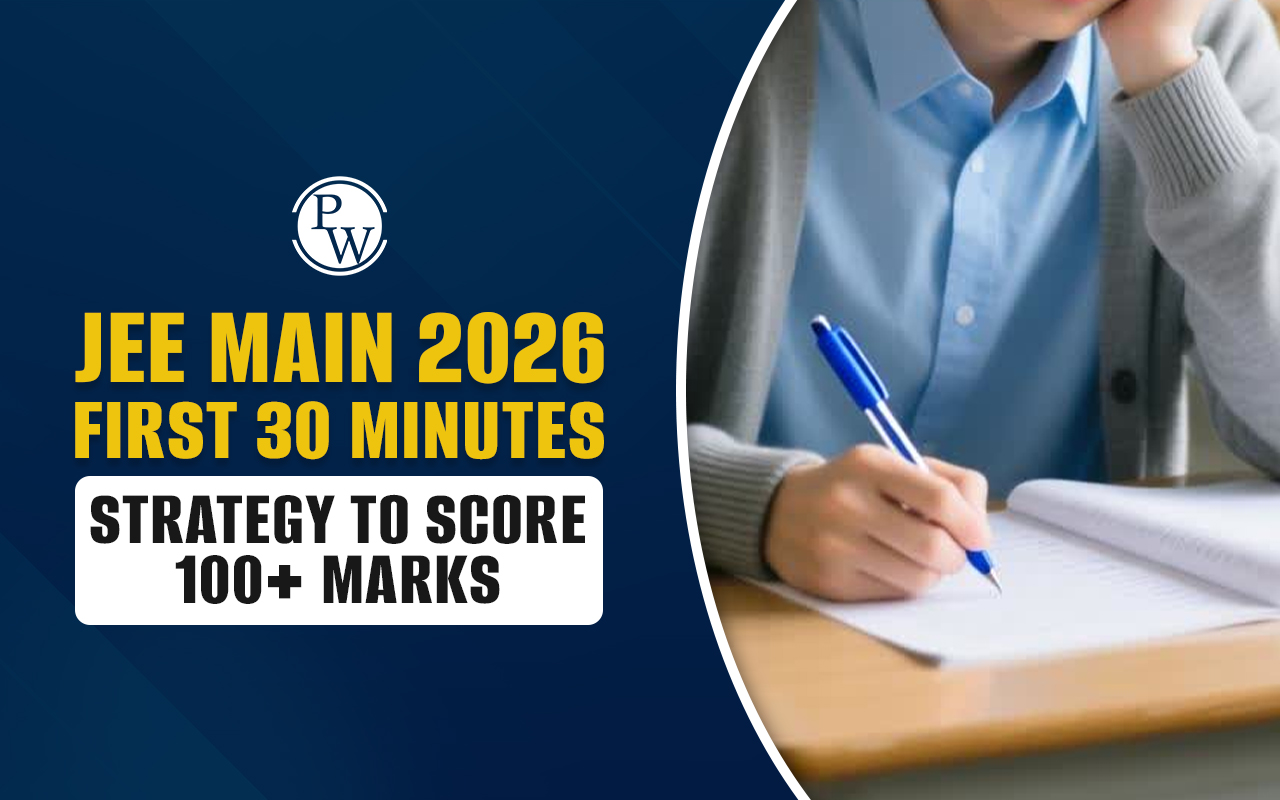
p Block JEE Questions: p-Block elements are an important part of Inorganic Chemistry in the JEE Main syllabus. This topic includes elements of groups 13 and 14 (like boron, aluminium, carbon, silicon) and groups 15–18 (like nitrogen, phosphorus, oxygen, halogens). Questions from this chapter test your understanding of atomic structure, chemical reactivity, oxidation states, and compounds of p-block elements. In JEE exams, 2–3 p-block elements JEE questions are usually asked, while JEE inorganic chemistry questions can be more complex in Advanced exams. Practicing these questions helps students strengthen concepts, understand reaction patterns, and increase speed and accuracy during exams.
p Block JEE Questions Overview
The chapter covers oxidation states, oxides, halides, hydrides, and important reactions of p-block elements. Students need to learn trends in electronegativity, ionization energy, and reactivity. While p-block elements JEE Mains questions are usually direct and formula-based, JEE inorganic chemistry questions in Advanced require analytical thinking, multiple steps, or integration with other topics. Solving important p-block PYQs provides insight into question patterns, commonly asked reactions, and marks distribution in JEE. Regular practice ensures a strong conceptual foundation and makes this scoring topic easier to tackle in exams.
Practice p Block JEE Questions
Here are some p Block JEE Questions for practice, followed by the JEE exam pattern:
1. The order of the oxidation state of the phosphorus atom in H₃PO₂, H₄P₂O₆, H₃PO₃ and H₄P₂O₈ is
A. H₃PO₄ > H₃PO₂ > H₃PO₃ > H₄P₂O₆
B. H₃PO₄ > H₄P₂O₆ > H₃PO₃ > H₃PO₂
C. H₄P₂O₆ > H₃PO₃ > H₄P₂O₆ > H₃PO₄
D. H₃PO₃ > H₃PO₂ > H₃PO₄ > H₄P₂O₆
2. The product formed in the reaction of SOCl₂ with white phosphorus is
A. PCl₃
B. SO₂Cl₂
C. SCl₂
D. POCl₃
3. Which one of the following represents correct order of ionization energy?
A. B > Al < Ga > In < Tl
B. B > Al = Ga > In > Tl
C. B < Al > Ga < In > Tl
D. B < Al > Ga < In < Tl
4. B₃N₃H₆ reacts with the solution of hydrochloric acid → ?
Select correct about above reaction.
A. No reaction
B. B₃N₃H₆ shows substitution reaction and produces B₃N₃Cl₆
C. B₃N₃H₆ shows addition reaction and produces B₃N₃H₆Cl₃ in which Cl is bonded to boron
D. B₃N₃H₆ shows addition reaction and produces B₃N₃H₆Cl₃ in which Cl is bonded to nitrogen
5. Which is not hydrolysed?
A. PbCl₄
B. SiCl₄
C. SnCl₄
D. CCl₄
6. Lead pipes are readily corroded by
A. dil. H₂SO₄
B. conc. H₂SO₄
C. acetic acid
D. HCl
7. Identify the correct statement with respect to CO.
A. It combines with water to give carbonic acid
B. It reacts with haemoglobin in red blood cells
C. It is a powerful oxidising agent
D. It is used to prepare aerated drinks
8. In aqueous solution of H₃PO₄, total number of chemically distinct species present is:
A. 5
B. 2
C. 7
D. 9
9. Aluminium is more reactive than iron because its standard reduction potential is higher, still aluminium is less easily corroded than iron because:
A. it has higher reducing power and forms self-protective layer of Al₂O₃
B. it has higher reducing power and does not react with oxygen so easily
C. Al reacts with atmospheric carbon dioxide to form a self-protective layer of Al₂O₃ + Al₂C₃
D. All of the above
10. On heating graphite with conc. HNO₃ repeatedly, a yellow mass is obtained which is called
A. Graphitic oxide
B. Graphitic peroxide
C. Benzene hexacarboxylic acid
D. Graphitic nitrate
Watch p Block JEE Question Practice Video on YT
p Block JEE Questions PDF with Solution
For efficient preparation, PW provides a practice question PDF with answer and solution for p Block JEE Questions. This PDF contains a mixture of p-block elements JEE Mains questions, tricky JEE inorganic chemistry questions, and important p-block PYQs. Each solution is explained step by step, helping students not only learn the answer but also understand the reasoning.
p Block JEE Questions
Practice with Free PDF
p Block JEE Questions FAQs
Q1. How many p-block questions appear in JEE?
Q2. Are p-block questions difficult?
Q3. How to prepare for p-block elements?
Q4. Is the p-block linked with other chapters in Chemistry?
Q5. Where can I practice solving p-block questions?










